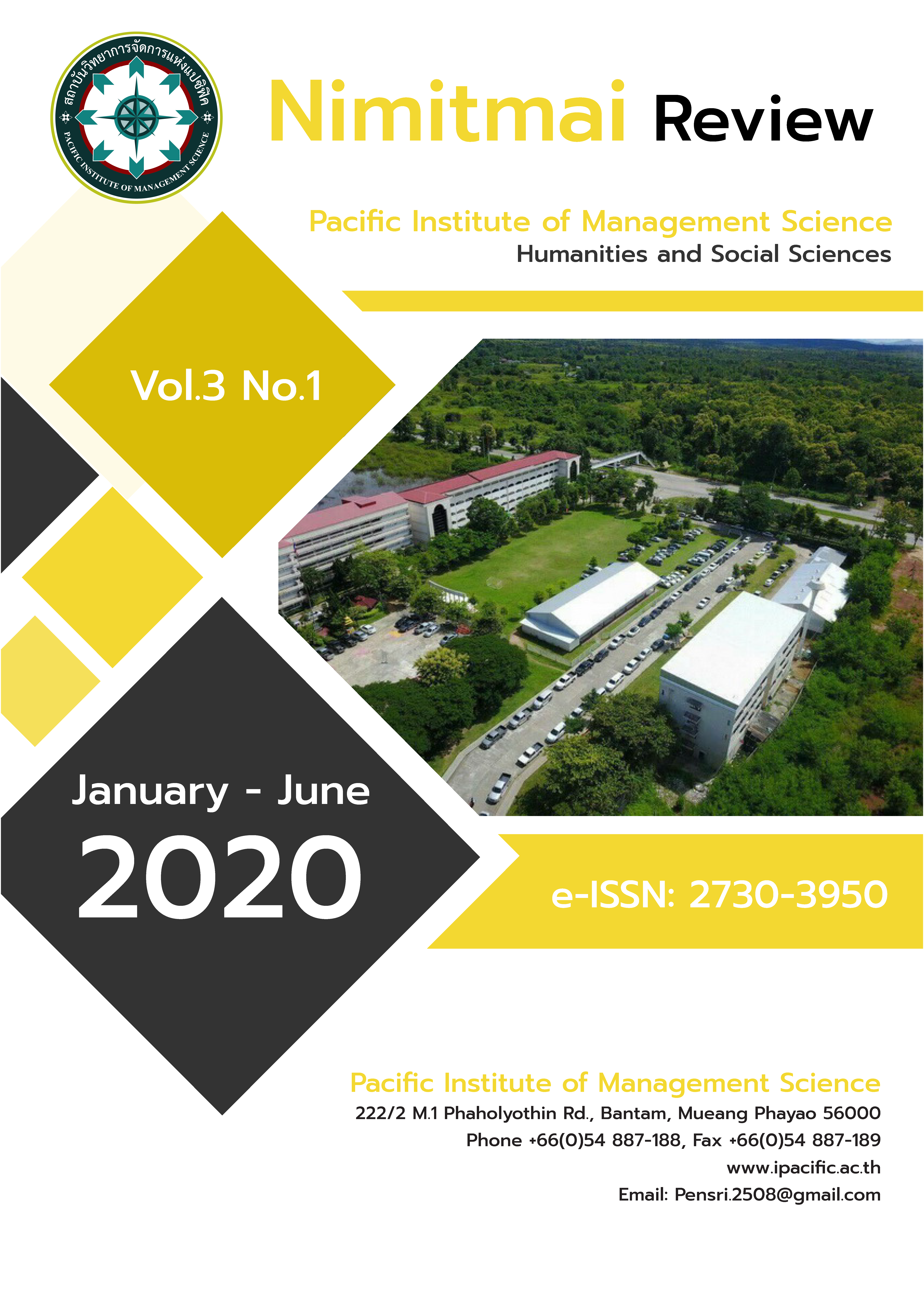A CURRENT SNAPSHOT OF TOURIST ATTITUDES AND BEHAVIORS TOWARDS LAO PDR
Abstract
Motivated by a desire to fill an empirical gap studying how the tourists form of their attitudes and behaviors towards Lao PDR, through representative cities Vientiane and Luang Prabang, this research thus is initiated. The research focuses particularly on the cognitive and affective aspects of the destination images, and studies how they influence tourist satisfaction and further onto response behaviors such as recommendation to others. The study incorporates many demographic variables but they show no significant differences. The study confirms the significant roles of both the cognitive and affective attributes of destination images on tourist satisfaction, which in turn predicts recommendation of the destination to others. Nevertheless, this study shows that tourist satisfaction is not able to make tourists form positive revisit intention, which also shares the tourism and travel competitiveness study by the Economic World Forum (2017), with Laos ranked 94 globally.
References
ATC (1992). Asia, Europe, Japan Market Segmentation Studies: Executive Summary. Sydney: Australian Tourist Commission.
Baker, M., & Cameron, E. (2008). Critical Success Factors in Destination Marketing. Tourism and Hospitality Research, 8(2), 79-97.
Baloglu, S. and McCleary, K.W. (1999). US International Pleasure Travelers’ Imagers of Four Mediterranean Destinations: A Comparison of Visitors and Non-visitors. Journal of Travel Research,38, 144-152.
Basaran, U. (2016). Examining the Relationships of Cognitive, Affective, and Conative Destination Image: A Research on Safranbolu, Turkey. International Business Research, 9(5), 164. doi:10.5539/ibr.v9n5p164.
Beerli, A., & Martın, J. D. (2004). Factors influencing destination image. Annals of Tourism Research, 31(3), 657–681.
Cakmak, E., & Isaac, R. (2012). What destination marketers can learn from their visitors’ blogs: An image analysis of Bethlehem, Palestine. Journal of Destination Marketing and Management, 1(1), 124–133.
Crompton, J. L. (1979). An assessment of the image of Mexico as a vacation destination and the influence of geographical location upon that image. Journal of Travel Research. 17(4), 18-23.
Department of Finance in Luang Prabang. (2016). Revenue generation from tourism Services. Luang Prabang.
Engelhardt, R. & Rattanavong, A. V. (2004). The national tourism authority of Lao PDR-UNESCONam Ha ecotourism project (phase II). The National Tourism Authority of Lao PDR, Vientiane.
Forza, C. (2002). Survey research in operations management: A process-based perspective.
International Journal of Operations & Production Management, 22(2),152-194.
Frochot, I., & Kreziak, D. (2008). Customers’ perceptions of ski resorts’ images: Implications for resorts’ positioning strategies. Tourism and Hospitality Research, 8(4), 298–308.
Gallarza, M.G., Saura, I.G., & Garcia, H.C. (2002). Destination Image: Towards a Conceptual Framework. Annals of Tourism Research, 29(1), 56-78.
Kang, T.J. (2018). Visit Laos Year 2018: A Real Boost for the Tourism Industry. Retrieved fromhttps://thediplomat.com/2018/05/visit-laos-year-2018-a-real-boost-for-the-tourism-industry/, on 9 November, 2018.
Kim, W., Malek, K., Kim, N., & Kim, S. (2017). Destination Personality, Destination Image, and Intent to Recommend: The Role of Gender, Age, Cultural Background, and Prior Experiences. Sustainability, 10(2), 87. doi:10.3390/su10010087.
Kim, S.S., McKercher, B. and Lee, H. (2009). Tracking Tourism Destination Image Perception. Annals of Tourism Research, 36(4), 715-718.
Kock, F., Josiassen, A., & Assaf, A.G. (2016). Advancing Destination Image: The Destination Content Model. Annals of Tourism Research, 61, 28-44.
Kotler, P., & Gertner, D. (2010). Country as brand, product and beyond: a place marketing and brand management perspective. In: Morgan, N., Pritchard, A., & Pride, R. (Eds.). Destination branding,creating the unique destination proposition (p. 41). Upper Saddle River: Elsevier Ltd.
Gartner, W.C. (1993). Image formation process. Journal of Travel and Tourism Marketing. 2 (2/3), 191.215.
MacInnis, D. J., & Price, L. L. (1987). The role of imagery in information processing: review and extension, Journal of Consumer Research, 13, 473-491.
Martinez, S., & Alvarez, M. (2010). Country versus destination image in a developing country. Journal of Travel and Tourism Marketing, 27(7), 748–764.
Mayo, E. J. (1973). Regional images and regional travel behavior, in the fourth annual conference proceedings of the Travel Research Association, Research for Changing Travel Patterns: Interpretation and Utilization, August 12-15, 1973, 211-218
Ministry of Information, Culture and Tourism. (2017). Statistic Report on Tourism in Laos
Ministry of Information, Culture and Tourism, Tourism Development Department.
Oliver, R.L. (1997). Satisfaction: A Behavioral Perspective on the Consumer. New York: McGraw-Hill.
National Tourism Authority of Lao PDR. (2012). Statistical report on tourism in Luang Prabang, Lao PDR. National Statistical Center, Vientiane.
Neuman, W.L. (2006). Social Research Methods: Qualitative and Quantitative Approaches. USA:Pearson.


